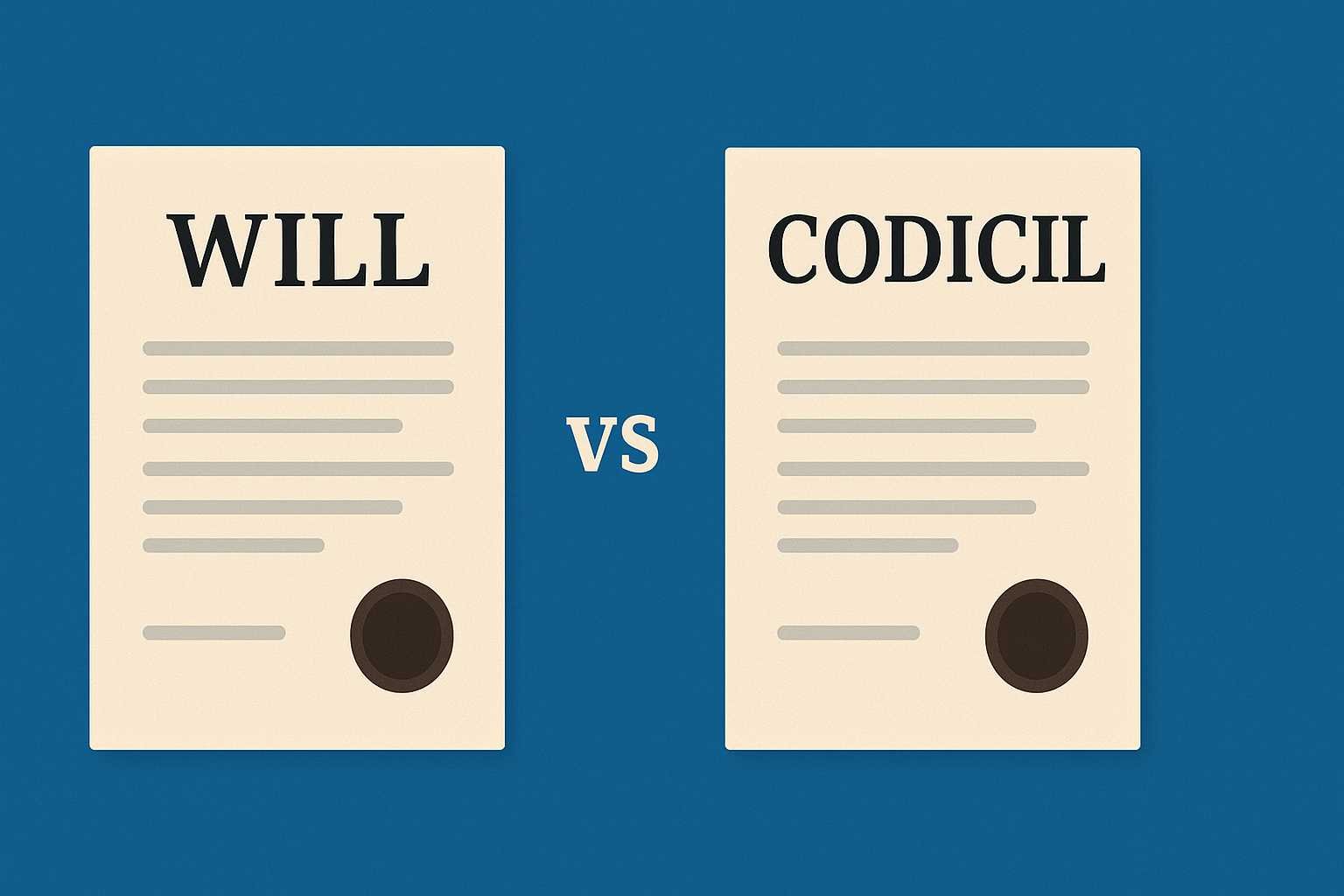On this page you will read detailed information about Section 506 IPC.
As an interested reader looking to understand Section 506 of the Indian Penal Code regarding punishment for criminal intimidation, you will benefit from carefully analyzing this provision. In this 100-word article, we provide an in-depth look at Section 506, its legislative history, key judicial interpretations, scope and ambit. We also examine the necessary ingredients that need to be fulfilled to attract this section, the available defenses and the prescribed punishment. Read on as we comprehensively break down Section 506 IPC and discuss its practical application through relevant case laws. This piece will enable you to grasp the nuances of this provision and its usage in the field of criminal law.
What Is Section 506 IPC?
Section 506 of the Indian Penal Code (IPC) lays out the punishment for the offense of criminal intimidation. According to Section 503 IPC, criminal intimidation means intentionally threatening someone with injury to their person, reputation or property, or to the person or reputation of anyone in whom they are interested, with intent to cause alarm to that person, or to cause that person to do any act which they are not legally bound to do, or to omit to do any act which that person is legally entitled to do.
Threat to Cause Death or Grievous Hurt
Whoever commits the offense of criminal intimidation by threatening to cause death or grievous hurt, or destruction of property by fire, or to cause an offense punishable with death or imprisonment for life, or with imprisonment for a term which may extend to seven years, or to impute unchastity to a woman, shall be punished with imprisonment of either description for a term which may extend to two years, or with fine, or with both.
Threat to Cause Harm Other than Death or Grievous Hurt
Whoever commits the offense of criminal intimidation by threatening to cause harm other than death or grievous hurt, or destruction of property by fire, or to cause an offense punishable with imprisonment for a term which may extend to one year, or with fine, or with both, shall be punished with imprisonment of either description for a term which may extend to one year, or with fine, or with both.
Criminal intimidation is a serious offense under Section 506 IPC. The punishment prescribed depends on the nature and gravity of the threat. The offense is cognizable, bailable and compoundable. The prosecution can be initiated only on the complaint of the victim. However, for threats to cause death, grievous hurt or destruction of property by fire, the police can take up the case without requiring a complaint from the victim.
Elements of Criminal Intimidation Under Section 506
Threat to Cause Injury
For criminal intimidation to be constituted under section 506 IPC, the threat issued must be to cause injury. The injury threatened may be harm to the person, reputation or property of the person threatened or to the person, reputation or property of any one whom that person is interested. The injury must amount to an offence in itself. A threat to injure a person in a manner that does not amount to an offence does not constitute criminal intimidation.
Intent to Cause Alarm
The threat must be issued with the intent to cause alarm. If a person threatens another in jest or without any intention to cause alarm, it does not amount to criminal intimidation. The intention to cause alarm means that the threat must be such as is likely to arouse a reasonable apprehension of harm in the mind of the person threatened.
Commit Any Punishable Offence
The object of the threat must be to prevent a person from doing something he is legally entitled to do or to compel him to do something illegal. In other words, the intention must be to commit any punishable offence like theft, mischief etc. The threat must be to commit an offence and not merely to injure or endanger a person.
To summarize, the essential elements required to constitute the offence of criminal intimidation under Section 506 IPC are: (i) threat to cause injury, (ii) intent to cause alarm, and (iii) threat to commit an offence. The injury threatened may be harm to the person, reputation or property of the person threatened or to any one whom that person is interested. The threat must arouse a reasonable apprehension of harm in the mind of the person threatened.
In the previous post, we had shared information about An Overview of the Probation of Offenders Act 1958 in India, so read that post also.
What Constitutes a Threat Under Section 506?
Criminal intimidation under Section 506 of the Indian Penal Code refers to threatening a person with injury to their body, reputation or property, or to the body, reputation or property of anyone in whom that person is interested, with intent to cause alarm to that person. For a threat to qualify as criminal intimidation under this section, it must:
- Be intentional: The threat must be made with the intention of causing fear or alarm. Accidental or unintentional threats do not constitute criminal intimidation.
- Relate to injury of body, reputation or property: The threat must be of injury to the body, reputation or property of the person threatened or any other person in whom they are interested. Threats of other harms may not qualify.
- Be alarming: The threat must be of such a nature as to alarm the person threatened and cause them apprehension of the threat being carried into execution. Idle threats or threats that would not induce a sense of fear or alarm do not constitute criminal intimidation.
To determine whether a threat qualifies as alarming, the courts consider factors such as:
- The nature and intensity of the threat: More serious and intense threats are more likely to be considered alarming.
- The means or capability of executing the threat: Threats made by a person with the means or capability to execute them are more likely to be alarming.
- The context in which the threat was made: Threats made in a heated context or following a dispute are more likely to be considered alarming compared to casual threats made in jest.
- The vulnerability of the victim: Threats to vulnerable victims or groups are more likely to be alarming compared to threats to less vulnerable persons.
- Repetition of the threat: Repeated or persistent threats are more likely to be alarming compared to one-off or isolated threats.
In summary, for a threat to qualify as criminal intimidation under Section 506 IPC, it must intentionally cause alarm by threatening injury. The nature, means, context and persistence of the threat are all relevant factors in determining whether it causes sufficient alarm to constitute criminal intimidation.
What Is the Punishment for Criminal Intimidation?
Imprisonment
According to Section 506 of the Indian Penal Code (IPC), the punishment for criminal intimidation can be imprisonment for up to two years, or fine, or both. The imprisonment term may extend to seven years if the threat is to cause death or grievous hurt, or to cause the destruction of any property by fire.
Enhanced Punishment
The punishment is enhanced if the criminal intimidation is committed:
- Against a public servant or to induce a public servant to do or forbear an official act. The imprisonment may extend to five years with fine.
- With intent to cause alarm to the public or section of public whereby any person may be induced to commit an offence against the state or against public tranquility. The imprisonment may extend to five years with fine.
- Anonymously or in the name of a fictitious person. The imprisonment may extend to five years with fine.
Cognizable and Bailable Offence
Criminal intimidation is a cognizable and bailable offence. The police can arrest the accused without a warrant. The accused may be released on bail, with or without sureties.
The punishment for criminal intimidation ultimately depends on the seriousness and gravity of the threat, the intention behind it, and the effect it has on the victim. Mere threatening someone in the heat of the moment may attract lighter punishment. But if the threat causes public alarm or induces someone to commit an offence, it is considered an aggravated form of criminal intimidation and punishment shall be more severe.
The object of Section 506 IPC is to prevent the circulation of fear in society. It aims to protect people from baseless threats that can disrupt their peace of mind and daily activities. The provision seeks to curb the menace of criminal intimidation and ensure that people are able to live without fear of threats and feel secure.
Recent Important Cases Under Section 506 IPC
State of Karnataka v Mohan Kumar (2002)
In this case, the Supreme Court held that threatening a person over phone also amounts to criminal intimidation. The court observed that the medium used for threatening is immaterial. Threatening through any means of communication would amount to an offense under Section 506 of IPC.
Balwinder Singh v State of Punjab (2009)
The Supreme Court ruled that for constituting an offense under Section 506 IPC, it is not necessary that the threat should be direct. An implied threat is sufficient to constitute the said offense. The test is whether the words or gestures used are capable of inspiring fear of injury to person or property in the mind of a reasonable man.
Bhoora v State of U.P (2000)
The Allahabad High Court held that a threat to injure a person’s reputation by way of a defamatory attack amounts to criminal intimidation within the meaning of Section 503 of IPC. Any threat to harm the reputation of a person by defaming him can put him in fear of injury to his reputation and thus amounts to an offense under Section 506 IPC.
To conclude, the cases discussed above have interpreted Section 506 IPC in a wider sense. The courts have held that the threats through any means of communication, implied threats and threats to harm one’s reputation would amount to criminal intimidation under Section 506 IPC. These progressive interpretations have ensured that the provision achieves its objective to prevent threats of injury and criminal intimidation of people in an effective manner.
How to File a Complaint Under Section 506
If you have been threatened or intimidated by someone, you can file a complaint under Section 506 of the Indian Penal Code (IPC). This section deals with the punishment for criminal intimidation and can be used to take action against those who threaten you.
To file a complaint under Section 506 IPC, you must first report the incident to your local police station. Provide the details of the threat in writing, including the exact words used to intimidate you. Also note the time, date and location of the incident. If there were any witnesses, include their contact information as well. The police may summon the accused person for questioning based on your written complaint.
You can also file a private complaint directly in the court of the Judicial Magistrate First Class or the Metropolitan Magistrate. For this, you will need to draft a complaint petition narrating the details of the threat and the circumstances under which it was issued. You must also provide the details of the accused person. The court may order an inquiry into the matter before summoning the accused.
During the trial, you as the complainant will have to lead evidence to prove that the threat was intentional and aimed at you. The prosecution will have to establish that the words or gestures used by the accused amounted to criminal intimidation as defined under Section 503 IPC. If found guilty, the accused can face imprisonment of up to two years, or fine, or both.
To conclude, if you face threats of injury to your person, reputation or property, you can take action against the accused by filing a police complaint or private complaint under Section 506 IPC. By pursuing the legal course, you can bring the perpetrators to justice and protect yourself from further harassment or intimidation.
How to Defend Yourself Against False Allegations
If someone has falsely accused you of a crime or unethical behavior, it is important to take measures to defend yourself. First, do not panic or act rashly. Remain calm and think through the situation logically.
You should gather any evidence that proves your innocence, such as electronic records like emails, text messages, phone logs, or social media posts. Physical records like receipts, tickets, or eyewitness accounts can also serve as evidence. Review the details of the allegation thoroughly and try to determine any inaccuracies or logical fallacies that you can point out to refute the claim.
If the false allegation has been made to law enforcement or in a legal filing, you will need to defend yourself through proper legal channels. Hire an attorney, especially if formal charges have been filed. Your legal counsel can communicate with the relevant parties on your behalf to present evidence refuting the allegations. They can also file motions to dismiss unfounded charges or take other appropriate legal action.
You may also want to address false allegations in the court of public opinion. Issue a written statement proclaiming your innocence in a professional, matter-of-fact tone. Provide a high-level summary of the key evidence that contradicts the allegation. Share this statement on the same communication channels where the false claim was originally made. Be prepared for potential backlash and avoid escalating the conflict or making personal attacks.
Take measures to limit damage to your reputation by improving your online presence. Build a website to share your side of the story. Start a public relations campaign to generate positive media coverage. Increase your activity on social media platforms like LinkedIn to strengthen your professional network. Over time, these efforts can help shift public perception back in your favor.
While false allegations can be damaging, maintaining your composure and focusing on a strategic defense based on facts and evidence is the best way to overcome them. Do not stoop to malicious or illegal tactics, even if provoked. With professional legal counsel and a concerted public relations effort, you stand a good chance of defending yourself successfully against false accusations.
Important Differences Between Section 506 and Other Similar Provisions
Section 506 of the Indian Penal Code deals specifically with the offense of criminal intimidation. It is important to understand how it differs from other similar provisions to correctly understand its scope and application.
Unlike Section 504 IPC which penalizes insulting others to provoke breach of peace, Section 506 IPC aims to penalize threats of injury to a person, reputation or property with intent to cause alarm. The crucial element that distinguishes it from Section 504 IPC is the presence of a threat. A mere insult without a threat to cause injury will not attract Section 506 IPC.
Section 507 IPC deals with criminal intimidation by anonymous communication. It is a specific form of criminal intimidation where the threat is conveyed anonymously without disclosing the identity of the threatener. Section 506 IPC on the other hand applies to threats conveyed through any means, whether anonymously or not.
Section 503 IPC which penalizes criminal intimidation to public servants is narrower in scope than Section 506. The latter provision applies to threats against any person, whether a public servant or not. Section 506 IPC aims to protect all persons from threats of injury, not just public servants.
While Section 509 IPC aims to protect the modesty of women by penalizing obscene gestures and acts, Section 506 protects persons in general from threats of injury. Modesty and threats of injury are distinct concepts – the former refers to acts that outrage decency, the latter refers to threats intended to cause alarm.
To conclude, Section 506 IPC has a wider scope, intent and purpose compared to other similar provisions. By understanding these key differences, we can gain clarity on what specifically constitutes an offense under Section 506 IPC.
Section 506 IPC FAQs: Key Questions Answered
Section 506 of the Indian Penal Code (IPC) deals with the offense of criminal intimidation. This section aims to protect individuals from threats that cause fear of injury to themselves, their property or reputation.
Any threatening act, whether by words or actions, meant to cause harm, injury, damage or annoyance to a person to create fear in their mind amounts to criminal intimidation. This includes threats of violence, threats to destroy property, threats to file false criminal cases, etc.
The essential elements of criminal intimidation under Section 506 IPC are:
Threat: There must be a threat through words, gestures or actions to cause harm or injury to the victim or someone else. The threat can be verbal, written or implied.
Intention: The threat must be made with the intention to cause fear or alarm in the mind of the victim. If the threat is made jokingly without such intention, it will not amount to an offense under this section.
Fear of injury: The victim must have apprehension of harm or injury as a consequence of the threat. If the threat does not instill fear in the mind of the victim, the offense is not made out.
Section 506 IPC prescribes the following punishment:
I) Imprisonment for a maximum term of 2 years, or fine, or both.
II) If criminal intimidation is committed by anonymous communication or by having taken precautions to conceal the name or abode of the offender, the punishment may extend to imprisonment for 7 years and fine.
In summary, Section 506 IPC aims to protect individuals from threats causing fear of harm or injury. The essential elements of the offense are threat, intention to cause fear and actual fear in the mind of the victim. The section prescribes imprisonment and fine as punishment for this offense.
Conclusion
In closing, you have seen that Section 506 of the Indian Penal Code lays out the offense of criminal intimidation and the associated punishments. This section serves an important purpose in criminal law by prohibiting threats intended to cause alarm, illegally influence, or harm others. While the penalties aim to deter such behavior, Section 506 also allows for prosecution when needed. Understanding this code section provides insight into how the law addresses intimidation crimes. You now have greater knowledge to interpret Section 506 and recognize when its principles apply. Use this learning to thoughtfully analyze intimidation situations. With comprehension of the standards and penalties around criminal threats, you can help uphold justice and safety in the community.
Disclaimer
The information and services on this website are not intended to and shall not be used as legal advice. You should consult a Legal Professional for any legal or solicited advice. While we have good faith and our own independent research to every information listed on the website and do our best to ensure that the data provided is accurate. However, we do not guarantee the information provided is accurate and make no representation or warranty of any kind, express or implied, regarding the accuracy, adequacy, validity, reliability, availability, or completeness of any information on the Site. UNDER NO CIRCUMSTANCES SHALL WE HAVE ANY LIABILITY TO YOU FOR ANY LOSS OR DAMAGE OF ANY KIND INCURRED AS A RESULT OR RELIANCE ON ANY INFORMATION PROVIDED ON THE SITE. YOUR USE OF THE SITE AND YOUR RELIANCE ON ANY INFORMATION ON THE SITE IS SOLELY AT YOUR OWN RISK. Comments on this website are the sole responsibility of their writers so the accuracy, completeness, veracity, honesty, factuality and politeness of comments are not guaranteed.
So friends, today we talked about Section 506 IPC, hope you liked our post.
If you liked the information about Section 506 IPC, then definitely share this article with your friends.
Knowing about laws can make you feel super smart ! If you find value in the content you may consider joining our not for profit Legal Community ! You can ask unlimited questions on WhatsApp and get answers. You can DM or send your name & number to 8208309918 on WhatsApp








